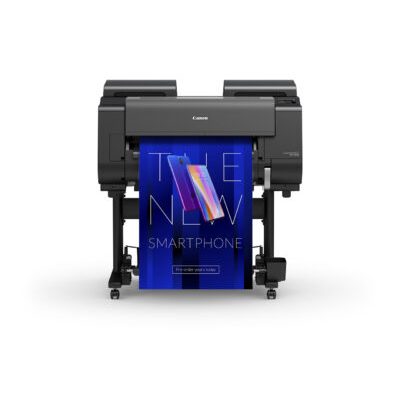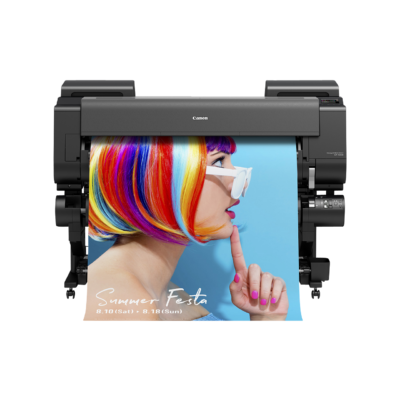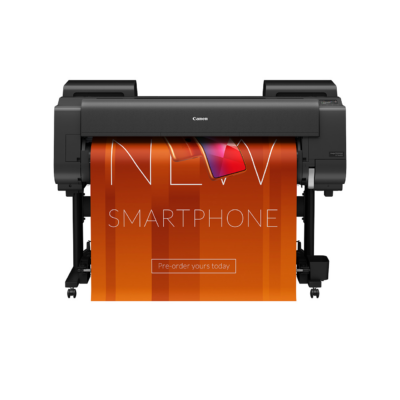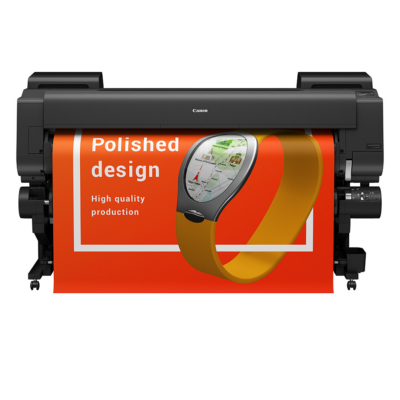3 products that are driving the future of large format printing
Continuing improvements in productivity and workflow, plus support for wider range of media, are helping to make large format printing more accessible than ever before. It’s also more flexible: paper signs and banners are now far from the only products that large format printers can create. The latest trends, in fact, see LFPs being used to print everything from packaging mock-ups to wallpaper.
Textiles
Advances in ink and print head technology have made it possible to digitally print on all manner of textiles—not only canvas, but also polyester, linen, felt, carpeting and many other fabrics. This has fostered an environment where it’s possible to create an equally diverse range of specialty products, with graphics printed directly to promotional wear such as t-shirts and aprons, and “soft signage” like flags and banners.
Interior decor
The ability to print directly to large format textiles is particularly useful for interior designers, who can now custom-design and produce everything from wallpaper and window coverings to upholstery and carpets. Non-textile applications are also emerging, such as printing on ceramic tiles and glass to add personality to bathrooms and kitchens. And of course, LFPs still excel when it comes to that most traditional of wall-decor items, the large-format photographic print—be it on archival-quality paper, canvas, acrylic, or even stainless steel.
Packaging
As water- and fade-proof inks continue to come down in price while becoming more reliable and colour-accurate, demand has increased for digitally printed packaging solutions. This is particularly true when it comes to smaller print runs: Businesses wishing to target select groups can now do so much more affordably than with conventional, analogue printing. (Proofing and prototyping has also been made much more efficient and cost-effective in this regard.) Custom labels are a typical application, but it’s also possible to print on corrugated materials, plastic shrink-wrap and a variety of other media.






